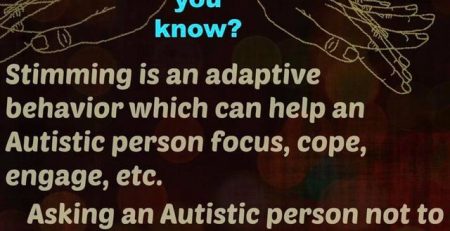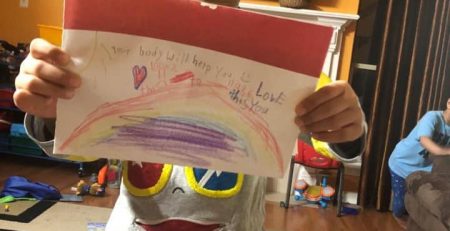Why is eye contact important?
We know that eye contact helps people communicate their interest and attention to a conversation partner. It’s also important for communicating interest in having a social interaction with someone. Often times, we need to maintain eye contact in order to pick up and respond to important social cues from other people. And of course, a failure to make eye contact can be misconstrued by others as disinterest or inattention.individuals with autism spectrum disorder (ASD) often find it difficult to look others in the eyes. Should we force eye contact?So should we insist on eye contact with those who find it uncomfortable? As with many complex questions, the best answer is probably “it depends.”First and foremost, we encourage you to begin by exploring what the issue means for your child .How does making eye contact affect your child?Does it help him pay attention to the conversation or make it more difficult? Signs that you should encourage eye contact At the same time, we’ve seen that making eye contact clearly improves attentiveness for many children who have autism. If you notice that your child doesn’t pay attention unless he’s making eye contact, then encouraging this skill may be important for his success and independence in life.When introducing a new skill, it’s important to teach it in small steps, while slowly advancing your expectations as your child progresses. We recommend practicing in casual and private situations with few other demands on his attention.Also keep in mind, that in some situations, there are more-important priorities than eye contact. For instance, most of us tend to break off eye contact when we’re trying to remember something.Eliciting a glanceThe first step toward eliciting eye contact could be to pause before responding to your child .So if he asks a question or asks for something, pause before responding or offering it to him. This may be enough to get him to glance in your direction to see whether you heard him. When he does, respond immediately and praise him for making eye contact.This can be as simple as saying, “I like how you’re looking at me” or simply “Nice looking.”Next you want to build up the length of his eye contact. Ask him to maintain eye contact with you and wait a few moments before giving him what he wants. During this pause, you might tell him how his making eye contact encourages you to respond to his requests.Building on interestsSpecial interests can be another way to encourage eye contact. Does your child just love to talk about a particular show or a special collection he has? Is he more likely to look up at you when you engage him on these subjects? This is a wonderful way to encourage him.Here are 4 steps to develop Eye contact Step 1: Eye Contact to RequestStart an ‘eye contact’ programs with a simple ‘eye contact to request’ – so if your child wants his favourite treat, he needs to look at you briefly.To encourage him, at the start, bring the treat/toy/iPhone with cartoon up right behind your ear and he would follow it with his eyes. Eventually U don’t have to do this anymore and he will look at you reflexively.Step 2: Eye Contact to NameThe next, very similar one, is eye contact to name. This involves prompting him to look at u when u say his name – again, by moving the toy/treat behind my ear. Initially U would be right next to him and eventually You would go outside the room, call his name, and expect him to come out and look attic.Step 3: Eye Contact with Songs and Social GamesFollow up with other, more social ones. Ready, set, go for example where he had to make eye contact on set, just before You blow the bubbles or threw him in the air on ‘go’. eye contact to name and eye contact during singing (You can sing Row Row Row Your Boat, and stop just before ‘don’t forget to scream’ so he had to look at you and then You would tickle him or throw him up in the air).As you go along these programs it will become became incredibly easy for him – and then you can use them for light relief, and I’m pretty sure that looking into your eyes will become something your child actually really enjoys, almost a visual stim. If You are singing a song he likes, he will often drop everything and come right up to you ,staring into your eyes.Step 4: Eye Contact to Establish AttentionThen without even noticing, You start expecting him to make eye contact before giving him any instructions. You wouldn’t do this on purpose – You just wait for him to show you in some way that he is ready to learn, and that will be the the natural thing for him to do.






Comments (2)
ZAaLQNF BILdxVaL kzx BanO
aaSG FEnDwtm xVhPje